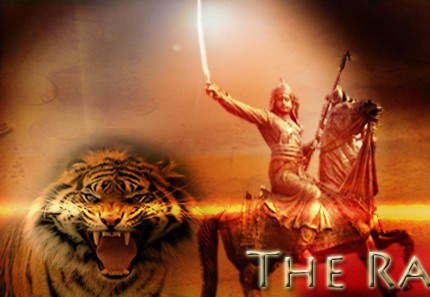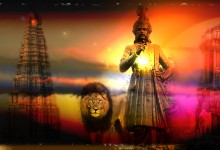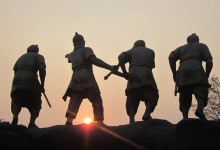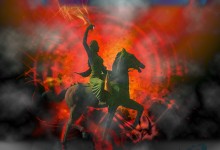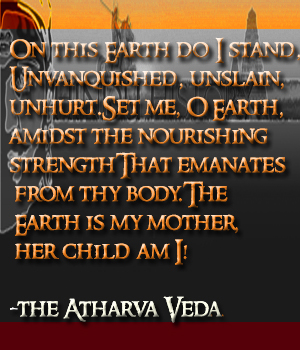Posts Tagged ‘Hindu history’
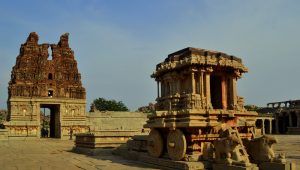
A brief talk on the history of Hampi by Sadhguru
During his travels, Sadhguru makes a stop in Hampi, the historic capitol of the Vijayanagar Empire. Surrounded by magnificent stones, cave carvings over 4000 years old, and exuding an aura of fascination, this city was once des...
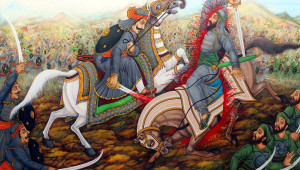
Rajnath Singh says if Akbar is ‘great’, so is Rana Pratap
PRATAPGARH: In line with the Sangh Parivaar’s push for Hindu icons, Union home minister Rajnath Singh on Sunday asked historians to revisit history by giving Mewar ruler Maharana Pratap more credit. “I have no objec...
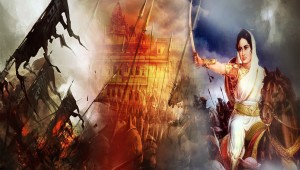
Maharani Ahilyabai Holkar (1725-1795)
Western ‘scholarship’ has generally painted a picture of Hindu society in which women have forever been secluded from public life. This view has penetrated widely into the public mind, and has even been internalised by many...
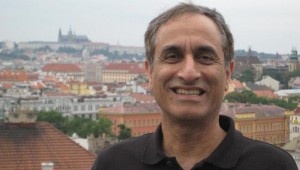
The Renaissance man
Subhash Kak is Regents Professor of Computer Science at Oklahoma State University in Stillwater. He has written six books of verse in English and Hindi and another 14 on a wide variety of subjects, including history of science ...
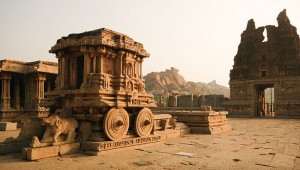
Vijayanagar Negationism
In several articles and speeches since at least 2004 (“Trapped in the ruins”, The Guardian, 20 March 2004), and especially in the commotion provoked by Girish Karnad’s speech in Mumbai (autumn 2012), William Dalrymple has...

The Vedic Yoga and Yoga as a Whole
Yoga in this broader sense as spiritual practice has five basic types. 1) Jnana Yoga, the Yoga of Knowledge, using meditation for Self-realization 2) Bhakti Yoga, the Yoga of Devotion, seeking union with God...
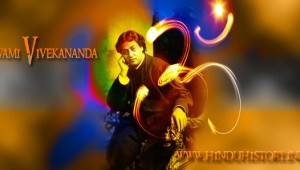
Swami Vivekananda (1863 – 1902)
Early Life Vivekananda was born in Calcutta, named Narendra. He was imbued with virtues at a young age, and was a melodious singer, alert student and powerful athlete. His spiritual longing led him to search far and wide for id...

